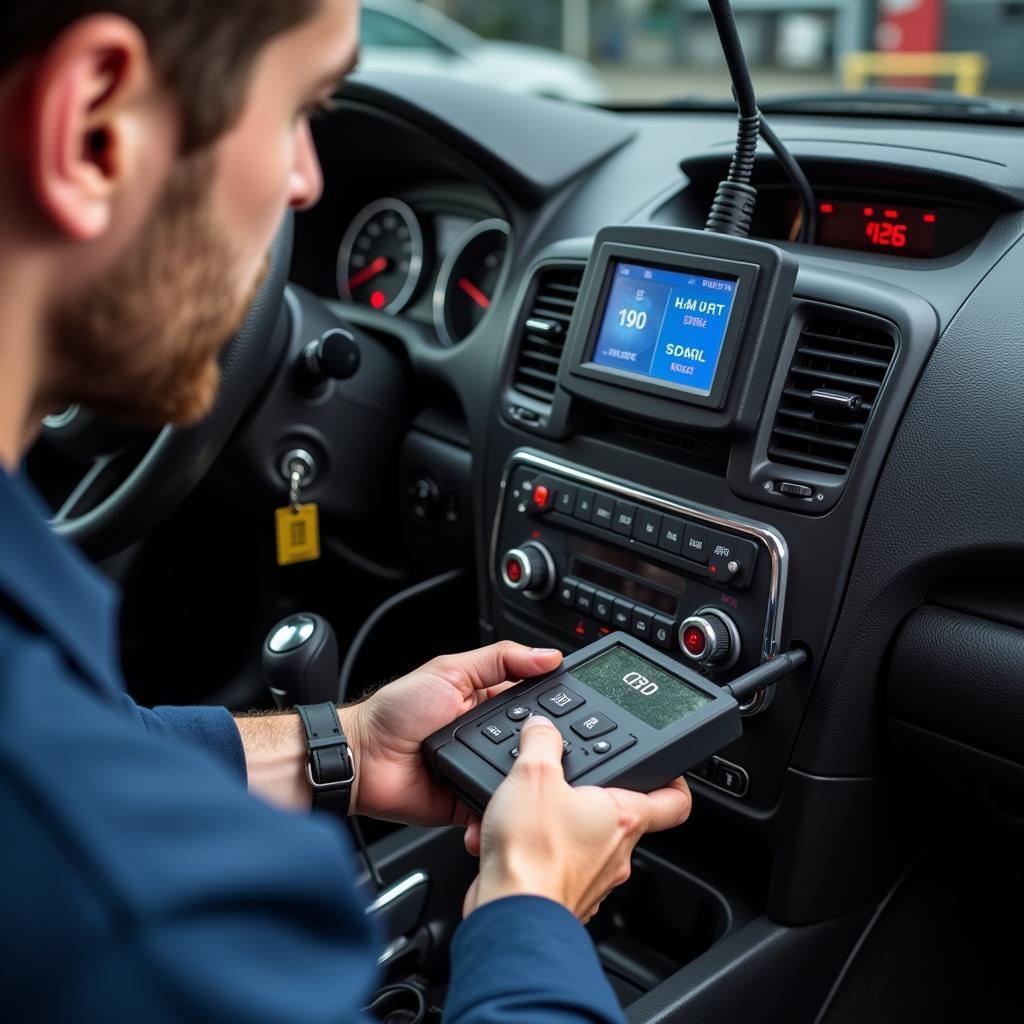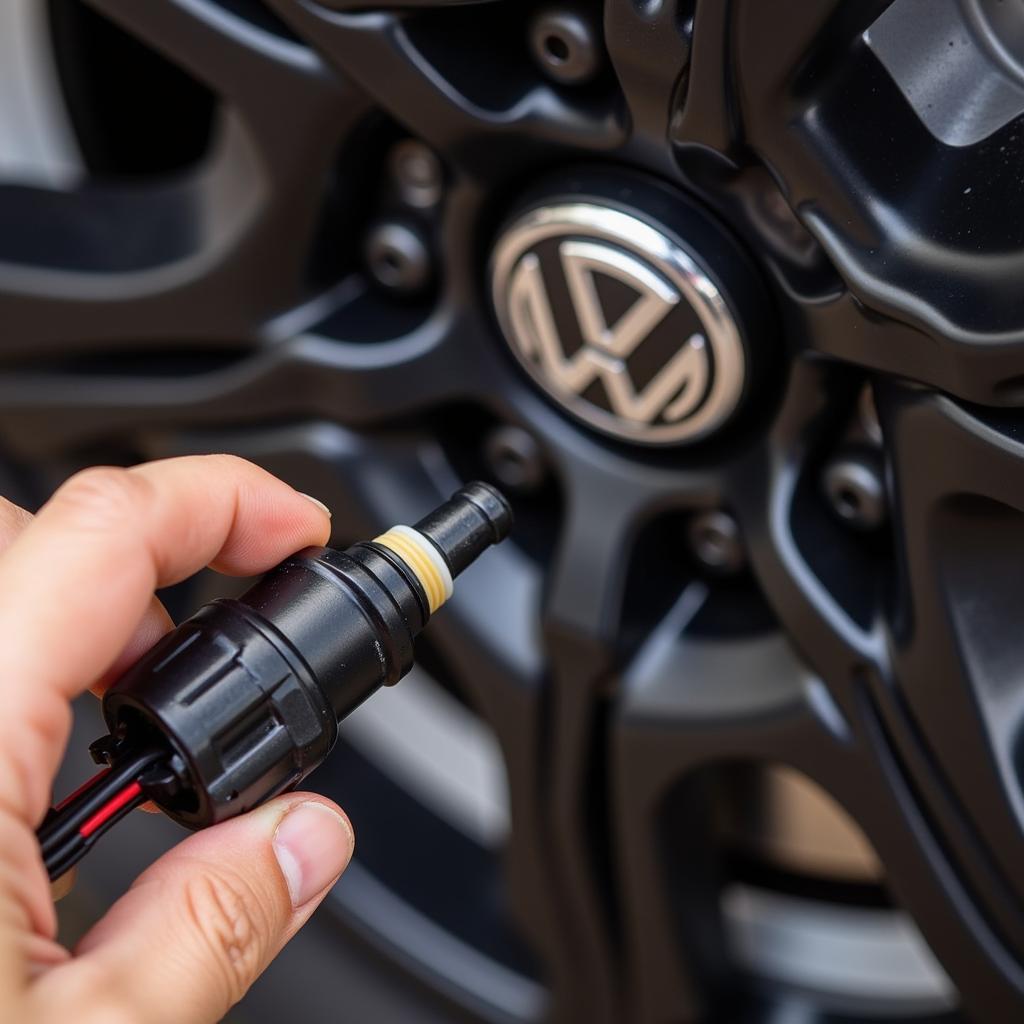Your car still won’t start after a jump, and you’re left stranded and frustrated. This is a common problem, and while a jump start can sometimes be a quick fix, it’s not always the ultimate solution. This guide will delve into the reasons why your car might still refuse to start even after a jump, providing you with the diagnostic steps and solutions to get you back on the road.
Similar to a new car battery car still wont start, there can be underlying issues that prevent a jump start from being effective. Understanding these issues is crucial to effectively troubleshooting your car starting problems.
Why Your Car Still Won’t Start After a Jump Start
Several reasons can contribute to this issue, ranging from simple problems like corroded battery terminals to more complex issues like a failing starter or alternator. Let’s explore some of the most common culprits.
Battery Problems
Even after a jump, a severely depleted or damaged battery may not hold a charge. Internal damage within the battery can prevent it from accepting and retaining the charge delivered by the jump. Corrosion on the battery terminals can also hinder the flow of electricity.
Starter Motor Issues
The starter motor is responsible for cranking the engine. A faulty starter motor, even with a fully charged battery, won’t be able to turn the engine over, leaving you with a car that won’t start.
Alternator Malfunction
The alternator recharges the battery while the engine is running. A malfunctioning alternator won’t replenish the battery’s charge, potentially leading to a no-start situation even after a jump.
Fuel System Problems
A lack of fuel, a clogged fuel filter, or a faulty fuel pump can prevent the engine from starting even with a working electrical system. Remember, a jump start only addresses the electrical aspect of starting your car.
Ignition System Faults
Problems with the ignition system, such as a bad ignition switch, faulty ignition coil, or worn-out spark plugs, can prevent the engine from igniting the fuel-air mixture, leading to a no-start condition.
Diagnosing the Problem: Step-by-Step Guide
If your car still won’t start after jump, follow these diagnostic steps:
- Check the battery terminals: Inspect for corrosion and clean them with a wire brush and baking soda solution. Just like with car battery corrosion car wont start, cleaning the terminals is often the first step in getting your car started.
- Test the battery: Use a multimeter to check the battery voltage. A fully charged battery should read around 12.6 volts.
- Check the starter: Listen for a clicking sound when you turn the key. A clicking sound may indicate a failing starter motor.
- Inspect the alternator: Have the alternator tested at an auto parts store or mechanic. A faulty alternator won’t be able to charge your battery.
- Examine the fuel system: Check the fuel gauge, listen for the fuel pump when you turn the key, and consider checking the fuel filter.
- Inspect the ignition system: This is more complex and may require professional diagnosis if the previous steps don’t identify the issue.
 Mechanic Diagnosing Car Starting Problem
Mechanic Diagnosing Car Starting Problem
What if it’s the starter?
If you suspect a starter issue, it might require replacement. This often involves removing the old starter and installing a new one. While you can do this yourself, it can be a complex job, and you may want to consult a mechanic.
Solutions to Get Your Car Started
Depending on the diagnosed problem, the solution may range from simple fixes to more involved repairs:
- Battery Replacement: If the battery is old or damaged, replacement is often the most effective solution.
- Starter Replacement: A failing starter will need to be replaced.
- Alternator Repair or Replacement: A faulty alternator will need to be repaired or replaced. This is crucial for maintaining a healthy battery charge.
- Fuel System Repairs: Address any fuel-related issues such as a clogged filter or faulty fuel pump.
- Ignition System Repairs: This may involve replacing spark plugs, ignition coils, or other components.
John Smith, a certified automotive technician with over 20 years of experience, states, “A jump start is a temporary fix. If your car still won’t start afterward, it indicates a deeper issue that needs to be addressed promptly.”
Just as in the case of a ba falcon wont start after battery change, sometimes even replacing the battery isn’t enough. Other factors like the starter or alternator might be at play.
Conclusion
While a jump start might seem like a simple solution, it’s often just a temporary band-aid for a bigger problem. If your car still won’t start after a jump, it’s important to diagnose the underlying issue and address it properly. By following the steps outlined in this guide, you can identify the root cause and take the necessary steps to get your car back on the road. Don’t hesitate to seek professional help if you’re unsure about performing the repairs yourself, ensuring your safety and the proper functioning of your vehicle. If your car still won’t start after following these steps, it’s essential to consult with a qualified mechanic. Ignoring the issue can lead to further damage and more costly repairs down the line. If you are experiencing issues with your car radio, consider how to add bluetooth to your car radio for a more modern car experience. Or if your battery is good and you still have problems, you can read more about why a car will not start but battery is good.

